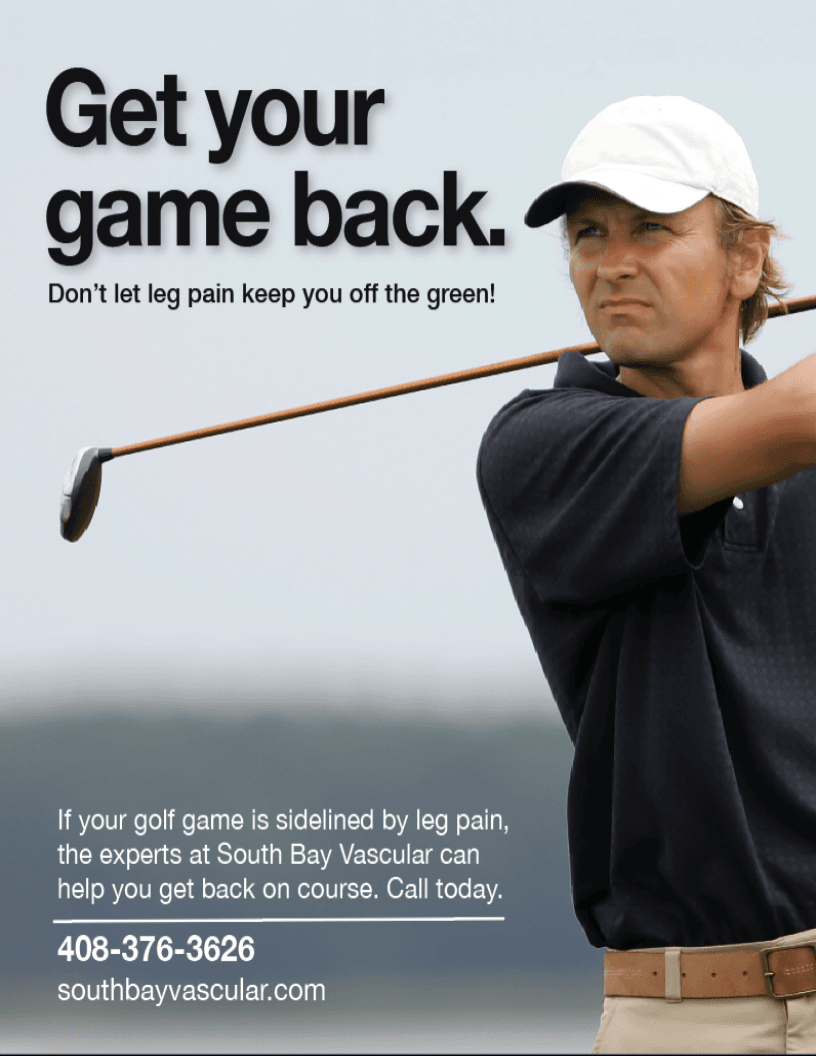Polyxene Kokinos MD, a Board Certified Vascular and General Surgeon of South Bay Vascular Center and Vein Institute was recently appointed as the new medical director of the O’Connor and St. Louise Hospital’s wound care clinics. Dr. Kokinos brings over 25 years of vascular surgery experience to her new position as medical director and is recognized as a national expert in the treatment of peripheral vascular and arterial disease. Dr. Kokinos has a special interest in the treatment of lower extremity and deep venous disease and is recognized as one of the country’s leading experts in this area. Working in partnership with the award winning Wound Care Center at O’Connor hospital, Dr. Kokinos was selected as the new medical director because of her cutting edge work in peripheral revascularication and ability to bring blood back into the lower leg and foot. Building upon the exceptional wound care services already in place at the O’Connor wound care center Dr. Kokinos will focus on providing state of the art minimally invasive (outpatient) procedures as the next breakthrough in wound care treatment.
Dr. Kokinos and her Partner Dr. Carlos Pineda, both board certified vascular surgeons are recognized as two of the leading wound care doctors in San Jose, Silicon Valley and all of Northern California. While podiatrists have always been the traditional starting point for the evaluation of and treatment of non-healing leg wounds, it is only the Vascular Surgeon who is fellowship trained to be able to evaluate and to treat the underlying cause of most non-healing wounds: poor circulation. Unfortunately, in many instances skin supplements, hyperbaric chambers and wound debridement are not enough to correct the underlying circulatory issues responsible for non-healing leg, foot and ankle wounds.
Dr. Kokinos is honored to be selected as the medical director at the O’Connor and St Louis Wound Care clinic’s and is excited to bring patients the most recent advances in wound care treatment to help keep Silicon Valley’s best wound care clinics at the forefront of patient care.
